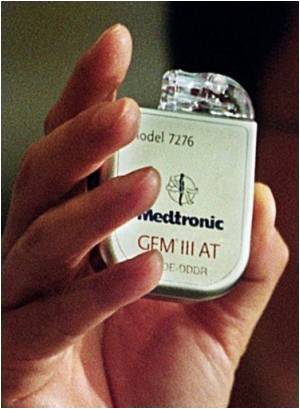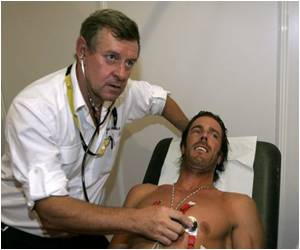
The direct connection of medical sensors to the Internet is the next step in this evolution, and will enable doctors to obtain the information stored by the sensors at any moment and from any device connected to the Internet. The success of a monitoring system of this type is determined by the protection of the privacy of the information transmitted.
Researcher Jasone Astorga has developed the Ladon security protocol, an efficient mechanism to authenticate, authorize and establish the end-to-end keys (keys for communication between the terminal used by the doctor and the patient's device), which offers revolutionary features for sensors of this type. There are three key parameters in the development of new solutions for implantable medical sensors- energy consumption, memory space and latency. Energy efficiency is the most important design parameter for any protocol, since replacing the batteries used in them means opening up a wound in the patient's chest.
He explained, "It has been found that the energy consumption of this Ladon protocol is negligible in comparison with the usual consumption of a pacemaker or ICD when applying its therapy (stimulating or defibrillating), and has no significant impact on how long the batteries last. On the other hand, we have found that the deployment of this security application in the sensors has led to very little memory consumption and finally, the latency incorporated by the protocol in the setting up of a secure communication is also less."
Source-Medindia








